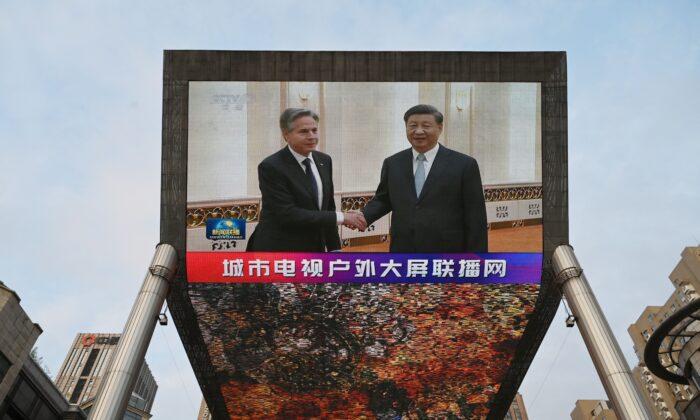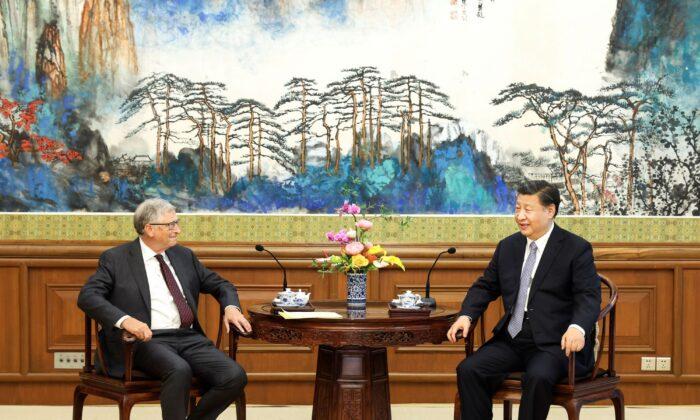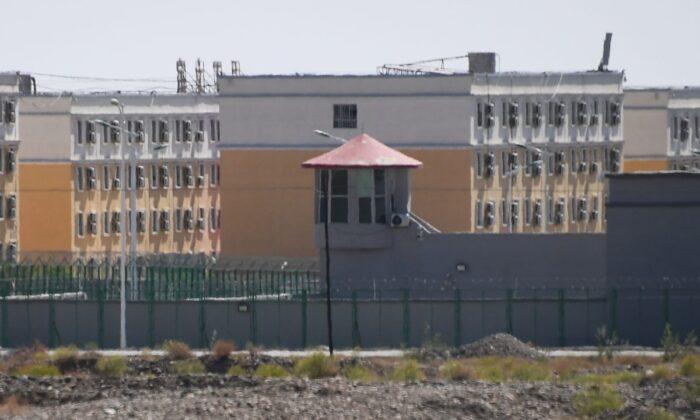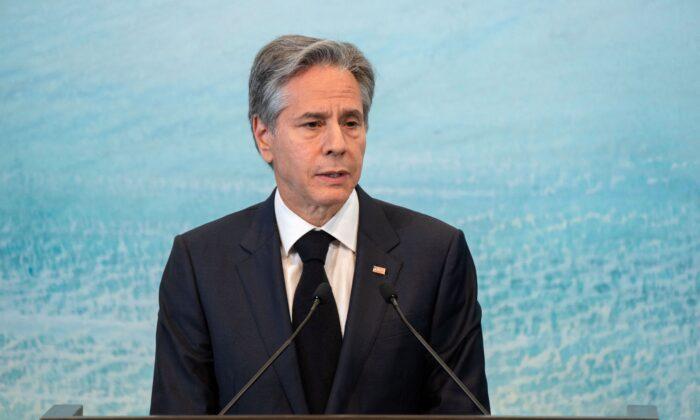A Navy admiral and former head of U.S. Pacific Command has raised concerns about the lack of capability of the Defense Department (DOD) of detecting at least four previous Chinese spy balloons that allegedly traveled over the United States in recent years.
The hearing came after a U.S. official had said that at least three times during the Trump administration, and at least one other time during Biden’s time as president, balloons have crossed American airspace, but not for this long.
In those instances, the Pentagon determined the balloons belonged to China only after they had left U.S. airspace, said Gen. Glen VanHerck, head of U.S. Northern Command, on Feb 6.
“I will tell you that we did not detect those threats,” VanHerck said of his military command. “And that’s a domain awareness gap that we have to figure out.” He added that the U.S. intelligence community “after the fact” informed his command about the balloons.
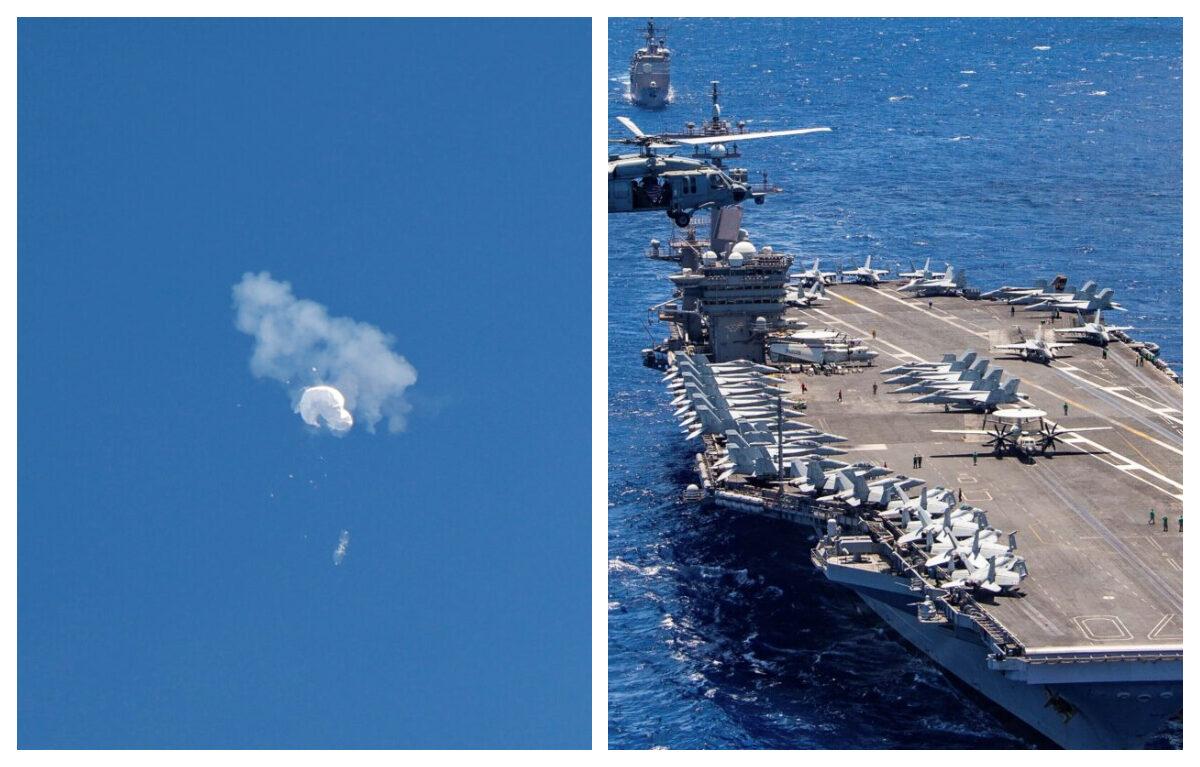
Harris pointed to VanHerck’s statement, saying there is a “disconnect in our ability to understand these balloons,” adding “That ought to concern all of us.”
He said that the incident sparks the need for the United States to understand the technologies and capabilities of these surveillance devices.
Harris at the hearing asserted that he was not aware of any Chinese balloon when serving under the Trump administration.
Pentagon Handling
Harris agreed with the handling of the Chinese balloon by the Pentagon.“I think it was a good response … and to the end of the day we were able to shoot this thing down with no risk to Americans and collect the intelligence from it, plus we were able to understand more about what it was doing up to the point of the shoot down,” he told the congressional lawyers.
“I do think shooting it down over the Atlantic was the appropriate response,” he added. “If it was a threat to the United States, if it was collecting information that could not be blocked … then that’s a different issue.”
Rep. Cory Mills (R-Fla.) responded with skepticism, saying, “If the idea was to shoot it down in a safe area, then we could have done that over the Pacific.”
Mills called it “a huge mistake and failure” to let it travel all the way across the country. The Florida lawmaker viewed the incident as “a vulnerability assessment” by the Chinese.
White House officials, including National Security Council strategic communications coordinator John Kirby, have emphasized that they blocked the balloon’s intelligence-gathering capability as it traveled across the country.
But Rep. Nancy Mace (R-S.C.), a member of the Armed Services panel, remained concerned about the DOD’s response.
Crisis Management
Melanie Sisson, a foreign policy fellow at the Strobe Talbott Center for Security, Strategy and Technology who also offered testimony at the event pointed to Secretary of State Antony Blinken’s postponement of the planned weekend trip to Beijing in response to the balloon incident.“We need those high-level contacts,” Sisson said. “It would have been an opportunity to discuss crisis management.”
In addition, she said, it would be “able to press the CCP on their other such problematic behaviors.”
During his testimony, Rep. Mike Rogers (R-Ala.), chair of the House Armed Services Committee, noted that the CCP had nearly tripled its military spending over the last decade, and said that the United States would need to act swiftly to counter the threat, or else risk losing the opportunity altogether.
“China is the most challenging national security threat America has faced in 30 years,” Rogers said. “If we fail to acknowledge that and take immediate action to deter it, the next 30 years could be devastating to our nation.”
“We have to stop being naive about the threat we face from China. We no longer have the luxury of time.”

